This is hardly a trail but I thought I'd write about it anyway because I've enjoyed my visits here so much.
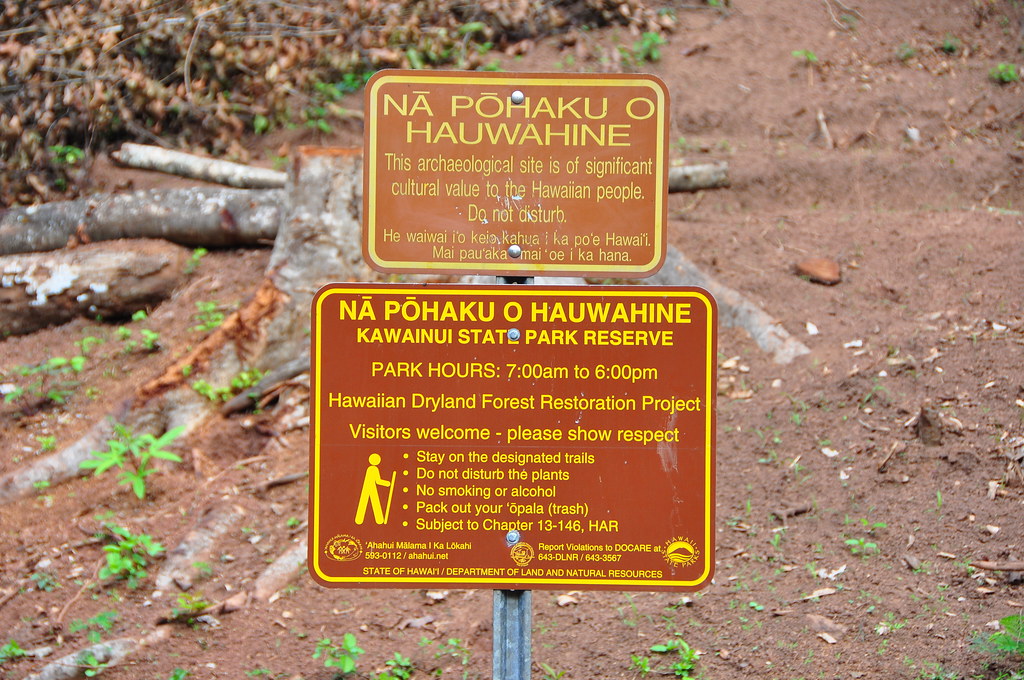 My new year's resolution was to see more sunrises, sunsets, do more trails, and to try to gain a better understanding of the world around me. Living on a island in the middle of the pacific means that my world IS O'ahu and more specifically, Kailua. Each day I venture over H-3 into work and put in my 40 hours or more but the only time I want to leave my little slice of paradise to explore the trails of the Ko'olaus.
My new year's resolution was to see more sunrises, sunsets, do more trails, and to try to gain a better understanding of the world around me. Living on a island in the middle of the pacific means that my world IS O'ahu and more specifically, Kailua. Each day I venture over H-3 into work and put in my 40 hours or more but the only time I want to leave my little slice of paradise to explore the trails of the Ko'olaus. 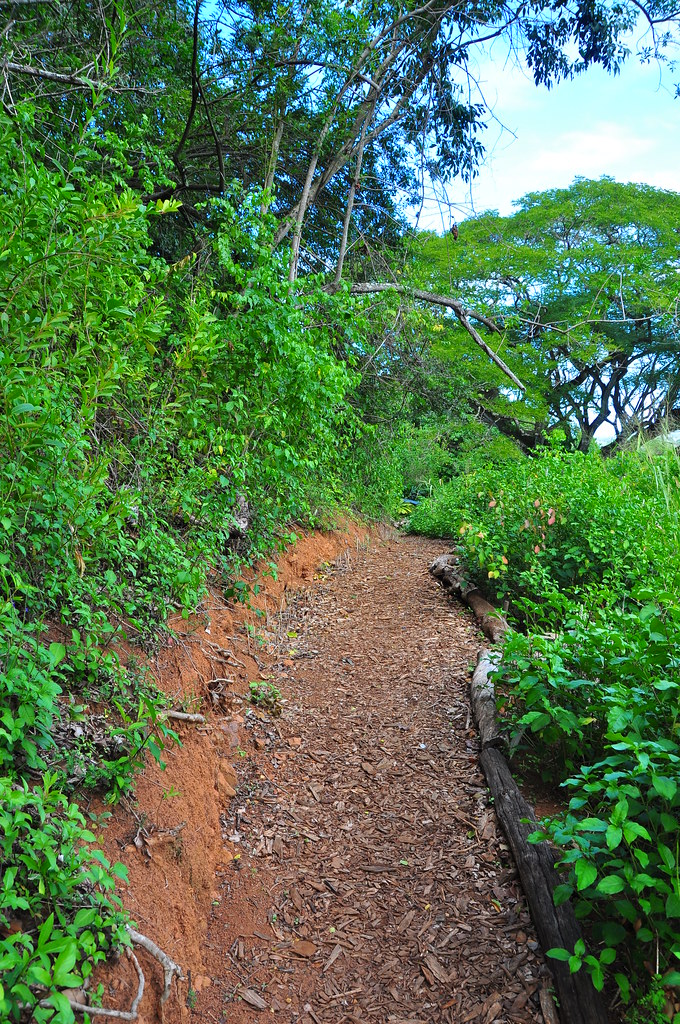 In keeping with that new goal I made several trips to Na Pohaku O Wahine, a small area above Kawainui Marsh in Kailua off Kapa'a Quarry Road. Driving down the "dump road" I'd seen the little brown sign many times but finally one day in 2009 I stopped to see what it was. As a native plant enthusiast I recognized some of the species there and have made periodic visits over the last year enjoying it more and more each time. As my limited knowledge of the various endemic species grows so does my appreciation for this place. This can be a high theft area, yeah my car got broken into parked here, so don't leave anything of value in your car!
In keeping with that new goal I made several trips to Na Pohaku O Wahine, a small area above Kawainui Marsh in Kailua off Kapa'a Quarry Road. Driving down the "dump road" I'd seen the little brown sign many times but finally one day in 2009 I stopped to see what it was. As a native plant enthusiast I recognized some of the species there and have made periodic visits over the last year enjoying it more and more each time. As my limited knowledge of the various endemic species grows so does my appreciation for this place. This can be a high theft area, yeah my car got broken into parked here, so don't leave anything of value in your car!Passing the sign there's an obvious trail leading into the dry land forest that is being replanted. As you make your way along the mulched pathway you'll arrive at an outdoor amphitheater under a large monkey pod tree I imagine is used by volunteers and educators alike. It's likely that you'll encounter some feral chickens along the way too. The trail forks but if you continue straight it will take a sharp right as you gain elevation.
Already you'll be surrounded by native plants like 'akia, Mao, Mao hau hele, and others. Nothing is labeled so you're on your own to figure out what you're looking at.
 |
| Mao hau hele |
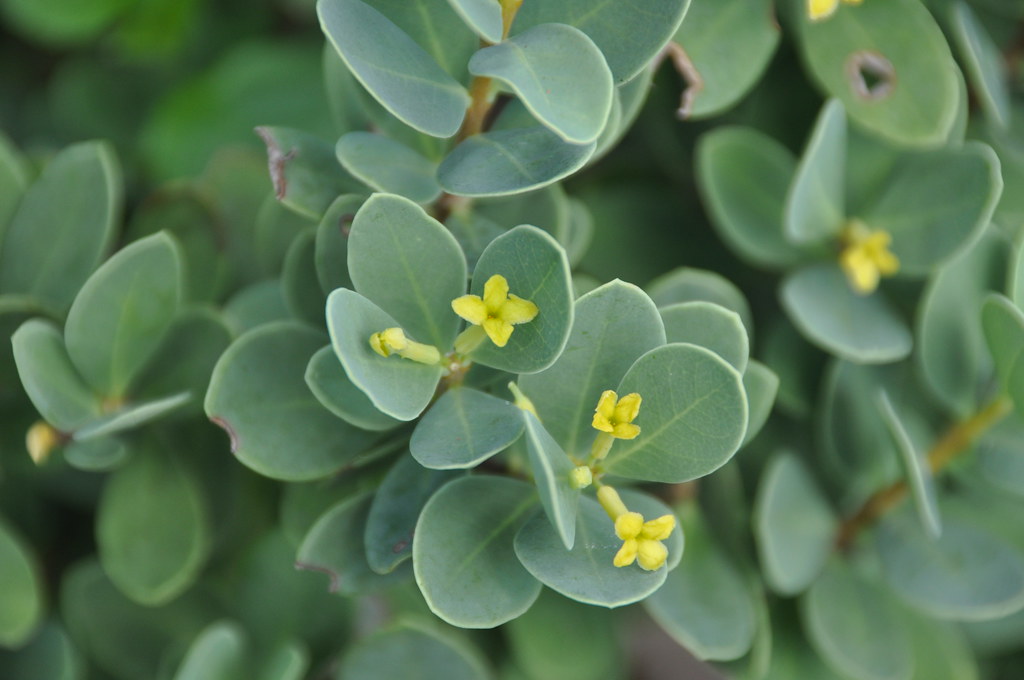 |
| Akia |
 |
| Mao |
At the summit of the small pu'u is a lookout area with one of the finest views of Kawainui Marsh. Amazingly enough, graffiti free signs offer information about the marsh and it's history. It took a little more digging to come up with the legend of the Hauwahine but here it is:
The Legend of Hauwahine
According to ancient Hawaiian legend, the mo’o is a god or guardian spirit in the form of a giant black dragon or lizard. Hauwahine, the aumakua or ancestral god of Kawai Nui Fishpond (now Kawai Nui Marsh) took the form of a mo’o or a beautiful woman sunning herself on a rock. She brought an abundance of fish, and kept the health and welfare of family and friends. If an ali’i abused an orphan or the poor, Hauwahine would take away the fish until the ali’i gave penance. Her actions were not rewards or punishments. They were consequences for the actions of the people on her land. Hauwhine, meaning female ruler, lived in the grove of ‘awa by the mythical makalei tree near where the water drains to Hamakua. In her mo’o form Hauwahine is black, twelve to thirty feet long, and has many different forms. She may take the form of a skink, a gecko, or the o’opu fish. Where Hauwahine’s mo’o form sleeps, a lizard-shaped patch of yellowed grass is left. Perhaps Hawaiian ancestors’ memories of crocodiles and komodo dragons from the Indonesian archipelago created the mo’o legend of Oahu. http://www.kawainuimarsh.com/
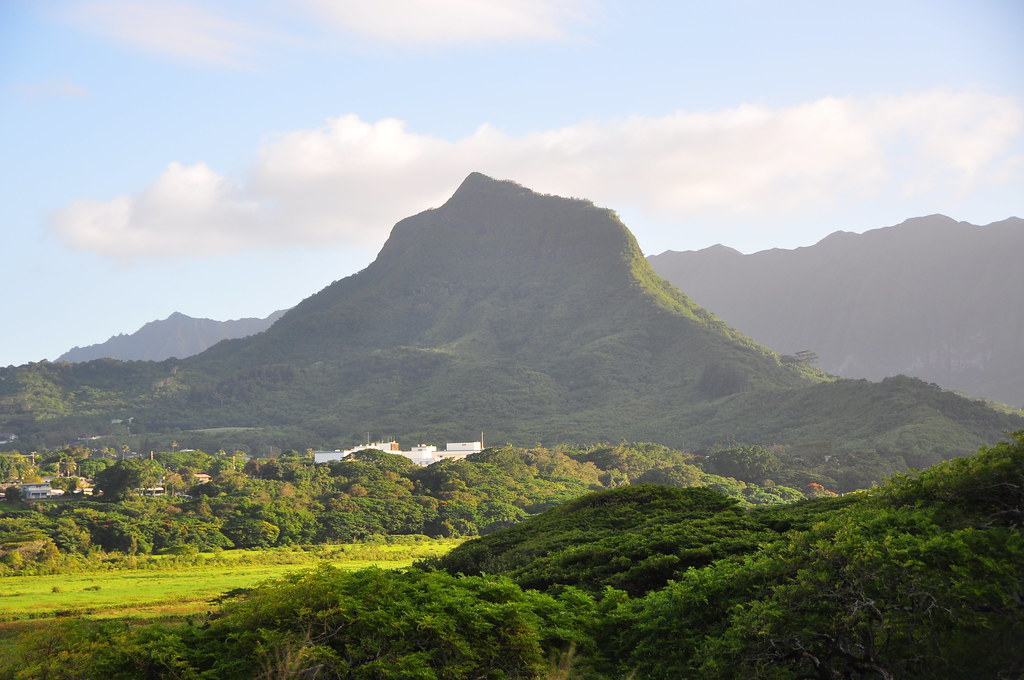 |
| Olomana in the afternoon sun. |
Another very special plant found just below the lookout rock outcrop is this large Na'u, Gardenia brighamii, an endemic gardenia which was once found on all the main islands and was fairly common in the dry forest before the arrival of humans but now is endangered. Depending on which source you read there is one, perhaps two, of them left in the wild on O'ahu. Luckily this one is in cultivation and being sold by native nurseries and is even often found in the garden section of Home Depot which is where I got mine.
I was lucky enough to find this Ohe makai, Reynoldsia sandwicensis, in bloom. These too were once common in the dry forest and are very uncommon in the wild today. Unfortunately getting a good picture of the flowers was pretty tough because the tree is fairly tall. This was the best I could do...
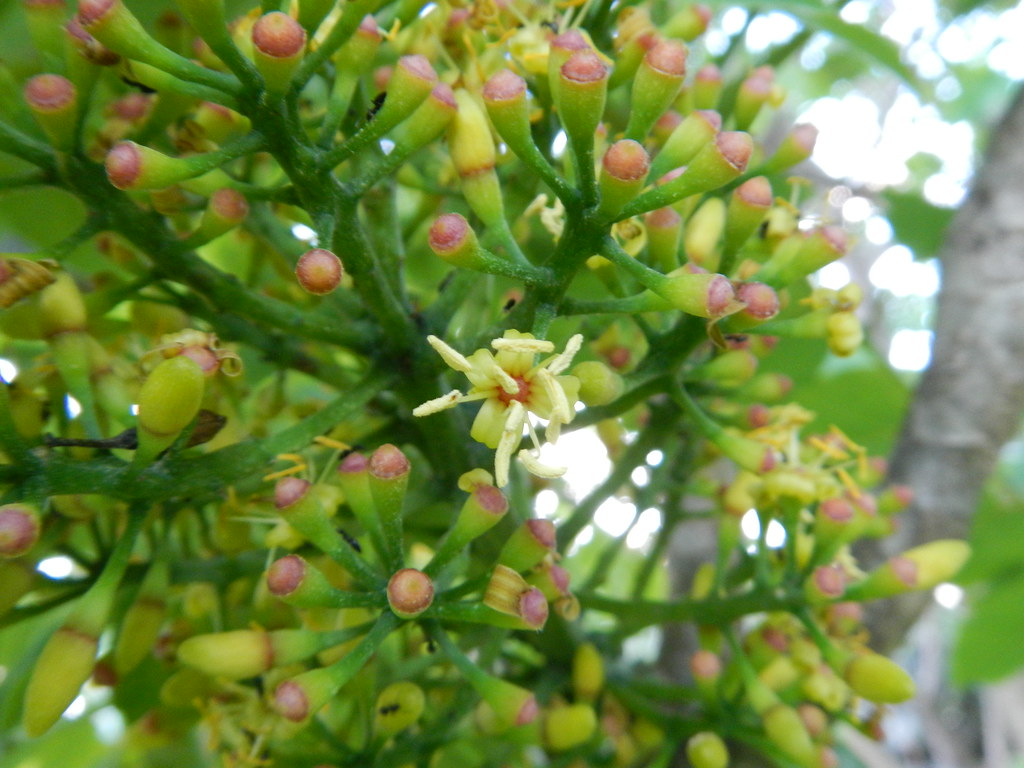 |
| Ohe Mauka Flower |
Ohe makai is also in cultivation and can be found at native nurseries. Word of caution, it can drop it's leaves once a year which is normal. I thought I'd killed the one I owned when it became a stick in a pot!
Another great thing to see was this Munroidendron racemosum, which is endemic to Kauai. It's name is a little schizophrenic and it can be considered part of the group Tetraplasandra falling under Tetraplasandra racemosa. Aside from it's very distinctive long column of blooms which later ripen into fruit its leaves and general appearance are very similar to the other species like Oahuensis and Hawaiiensis. This plant is also extremely rare but has been brought into cultivation too so it is available at local native nurseries. Oh, did I mention that Tetraplasandra has been replaced by Polyscias in the latest nomenclature?!! I guess it gives those plant scientists something to do on a rainy day.
Also planted here are these Loulu palms. The many species of this palm once dominated the lower landscape of Kailua but human activity and the introduction of the Polynesian rat drastically reduced it's numbers. I wasn't able to determine which species they've planted here but my best guess is Pritcharida remota based on the small fruit and the wavy tattered looking ends of the fronds. This type of palm is endemic to the tiny island of Nihoa further up the Hawaiian chain. After a fire years ago that swept through the remote island seeds were brought back and raised to ensure the survival of the species.
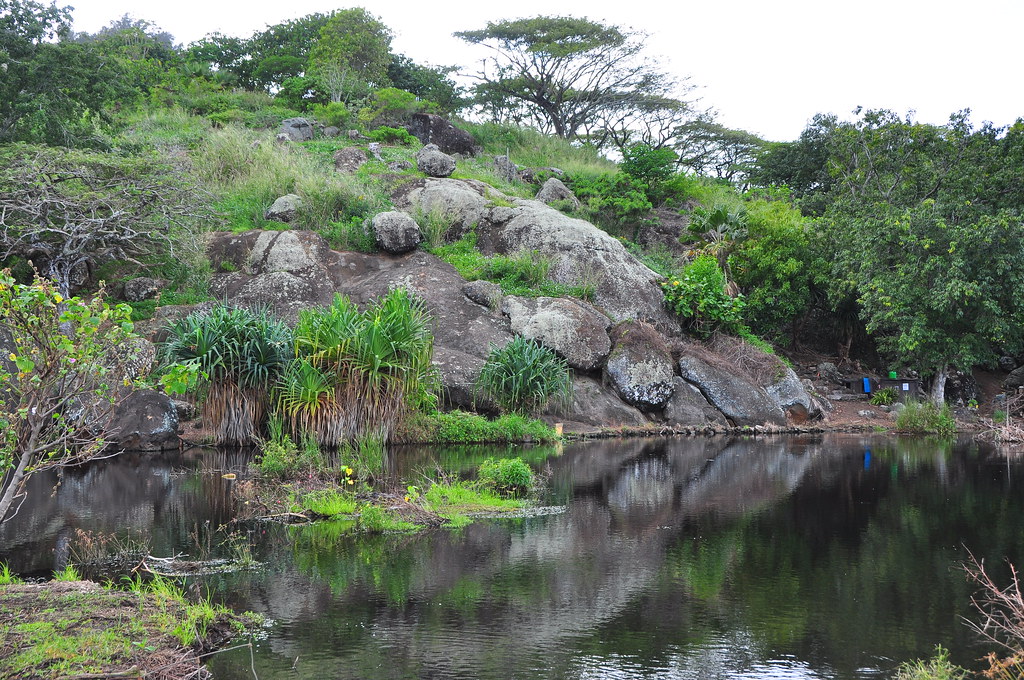 |
| Na Pohaku O Hauwahine |
As the Kawainui filled with silt from runoff from the agricultural activities of the Hawaiians and the destruction of the dry forests it became an inland marsh and the home to several species of endemic and indigenous birds. This transformation was responsible for the establishment of the population of Koloa, a native endemic cousin of the Mallard, whose hybridized descendants still inhabit the marsh. The Hawaiian Moorhen, Black-crowned Night-Heron, Auku'u are regulars at Na Pohaku O Hauwahine. These are not as used to humans as those at neighboring Hamakua Marsh so they're a little shyer.
These two ʻAlae ʻula reminded me of our two chickens Mele and Torry as they went about their business.
 Also at the small open water area a few other plants of note can be found. One of my favorites are the beautiful Hawaiian Pink Hibiscus flowers of the 'Aikiohala. While all the other native Hibiscus are endemic and found only here this is the only native hibiscus found elsewhere too. 'Aikiohala is not commonly found in landscaping because it likes wet conditions and probably because it's got all kinds of fiberglass like little hairs on it. Never touch this one without gloves, I learned that the hard way.
Also at the small open water area a few other plants of note can be found. One of my favorites are the beautiful Hawaiian Pink Hibiscus flowers of the 'Aikiohala. While all the other native Hibiscus are endemic and found only here this is the only native hibiscus found elsewhere too. 'Aikiohala is not commonly found in landscaping because it likes wet conditions and probably because it's got all kinds of fiberglass like little hairs on it. Never touch this one without gloves, I learned that the hard way. There is a pathway around the fringe of the water made of logs from the trees that have been cleared for replanting but it's a bit sketchy. I've ended up knee deep in marsh more than once so if you decide to try it be careful.
Nearby are some Hau trees. In Old Hawaii there were two varieties of hau, a rare erect one, hau ohe'ohe, was grown for its fiber and a creeping one, hau, was planted for wind-breaks.
It's beautiful yellow flowers change to a red as they age. Here this happens while they're still on the tree while in other places it happens after the flowers drop to the ground like the one I planted in front of our home.
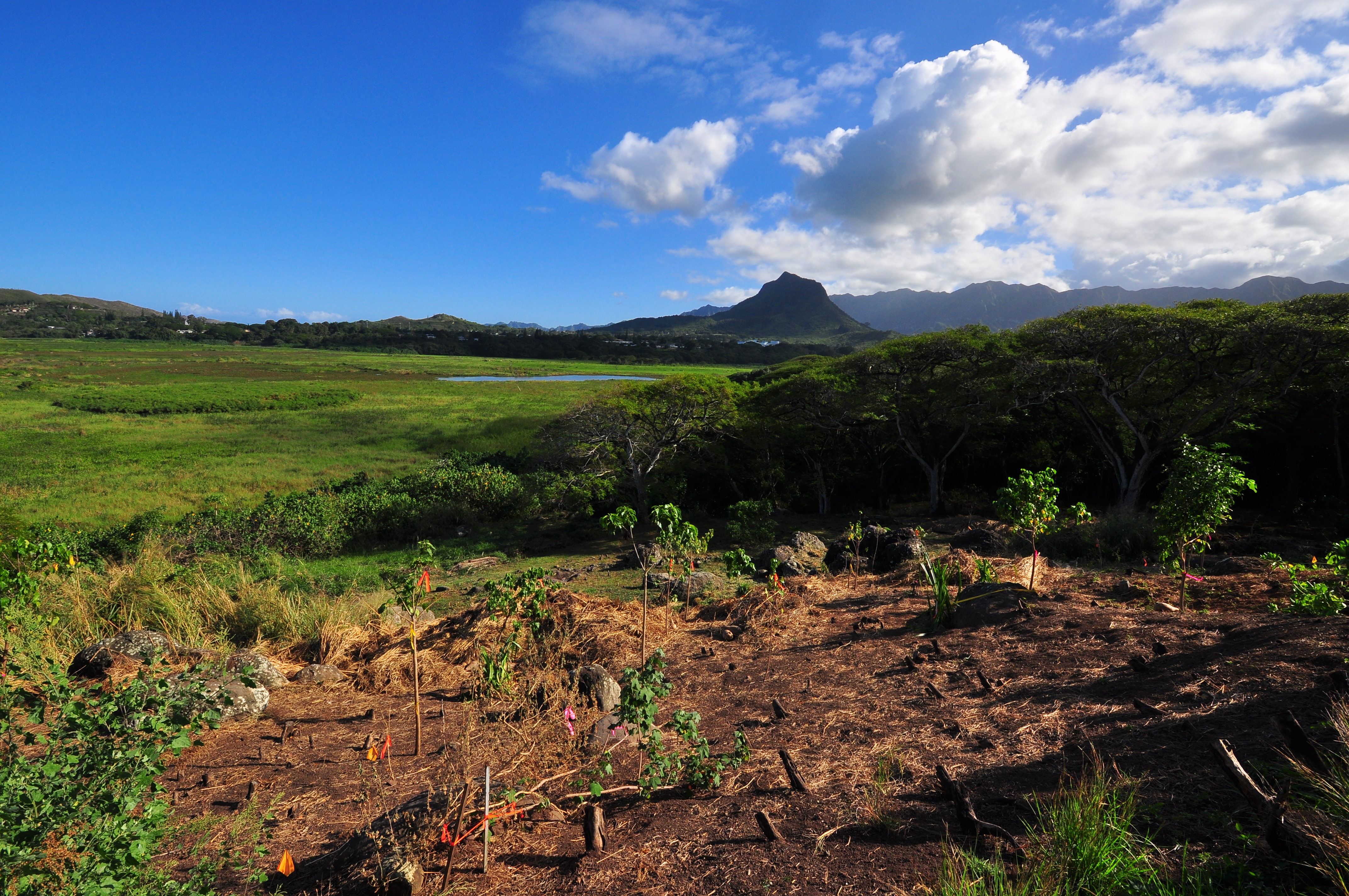 |
| Recent additions |
At the start of the new year I spent a couple mornings at Na Pohaku O Hauwahine to catch the morning sunrise in both still, time lapse, and video. I'm a little reluctant to share this little secret because I've enjoyed having it mostly to myself but the view rivals the Ka'iwa sunrise above Lanikai. I watched as the first faint light appeared in the eastern skies until the disk of the sun rose above nearby Pu'u O Ehu, Hill of Mist. If you watch the videos I suggest you do it in full screen.
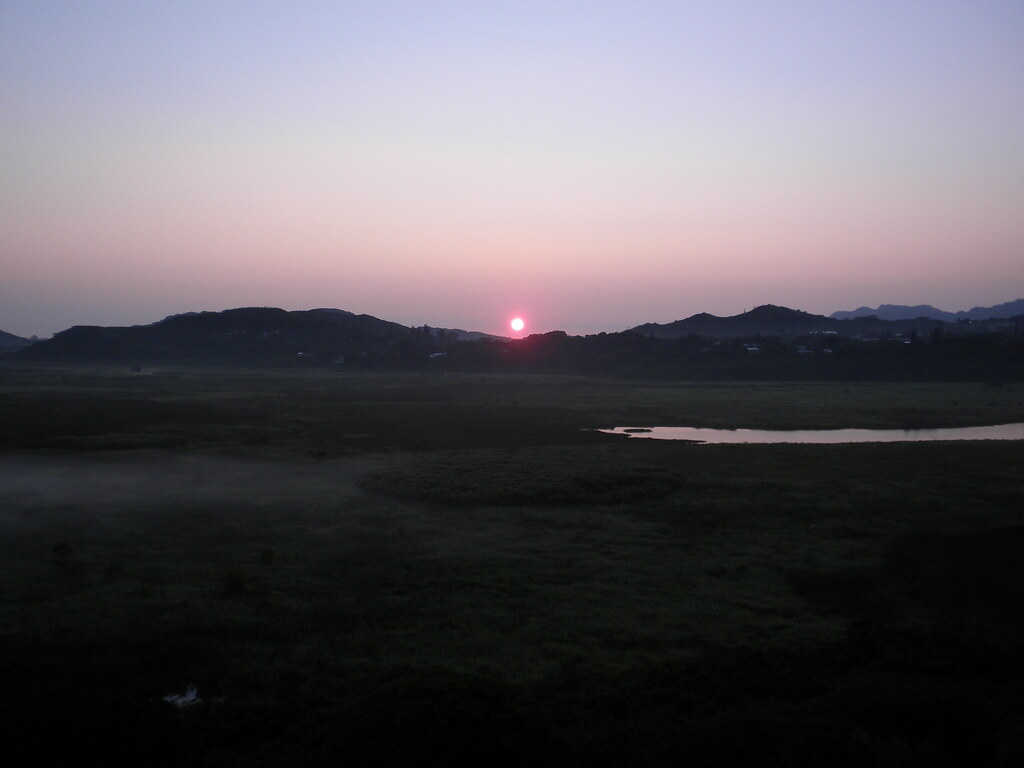 |
| Sunrise |
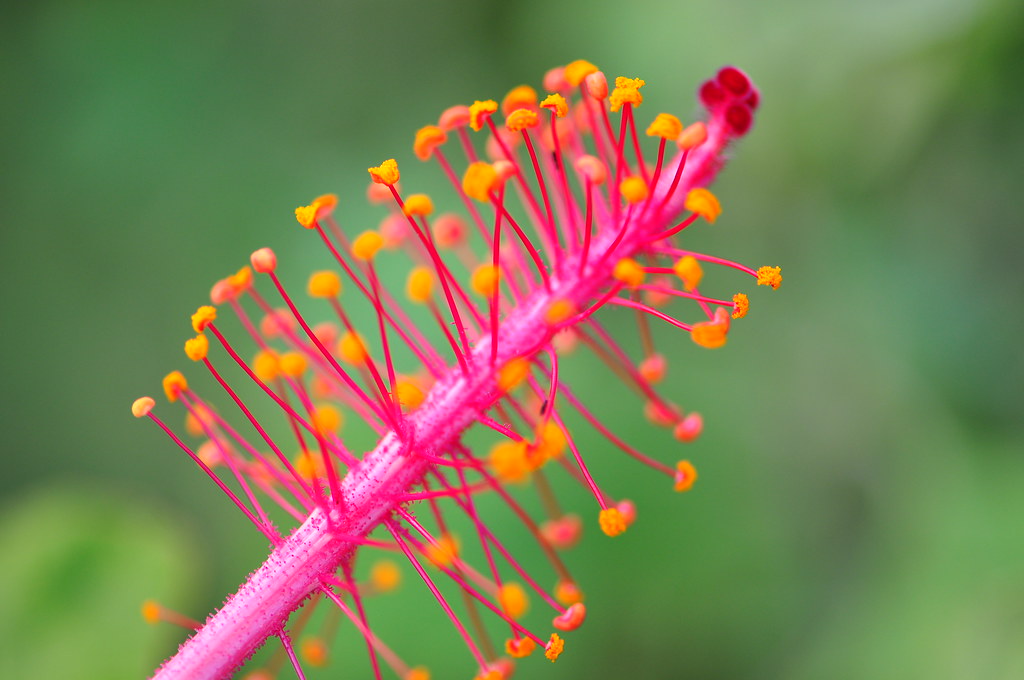 More pictures from Na Pohaku O Hauwahine and other trails I've done can be viewed on Flickr. Aloha and mahalo for reading!
More pictures from Na Pohaku O Hauwahine and other trails I've done can be viewed on Flickr. Aloha and mahalo for reading!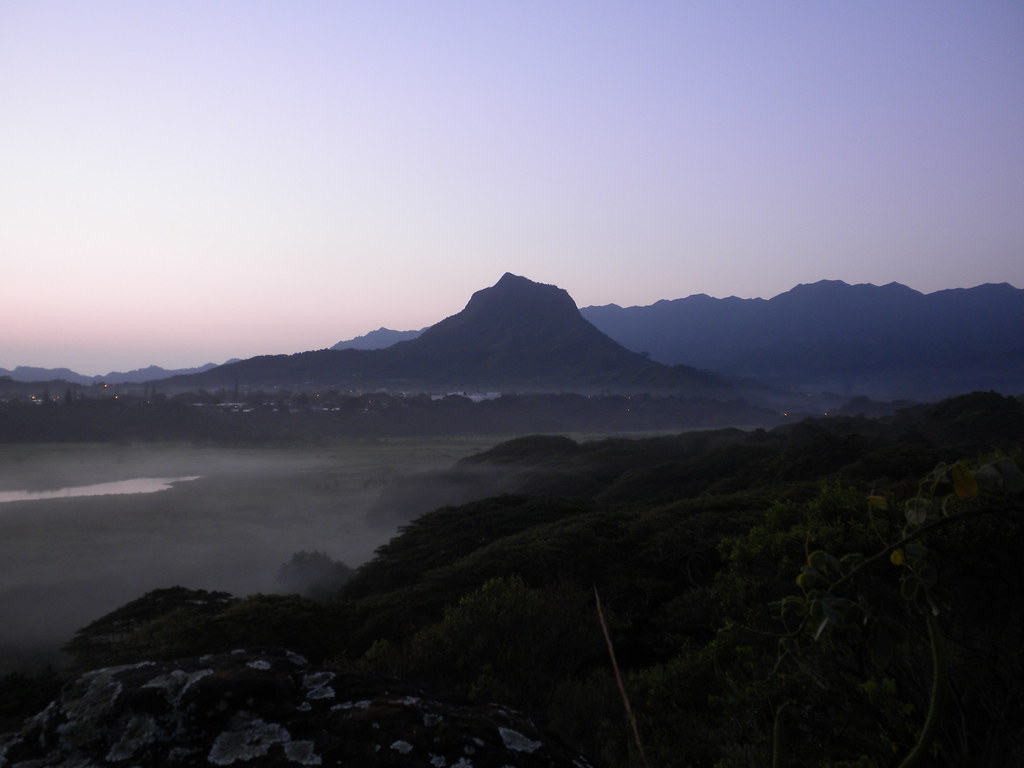 |
| Olomana across the morning mist |
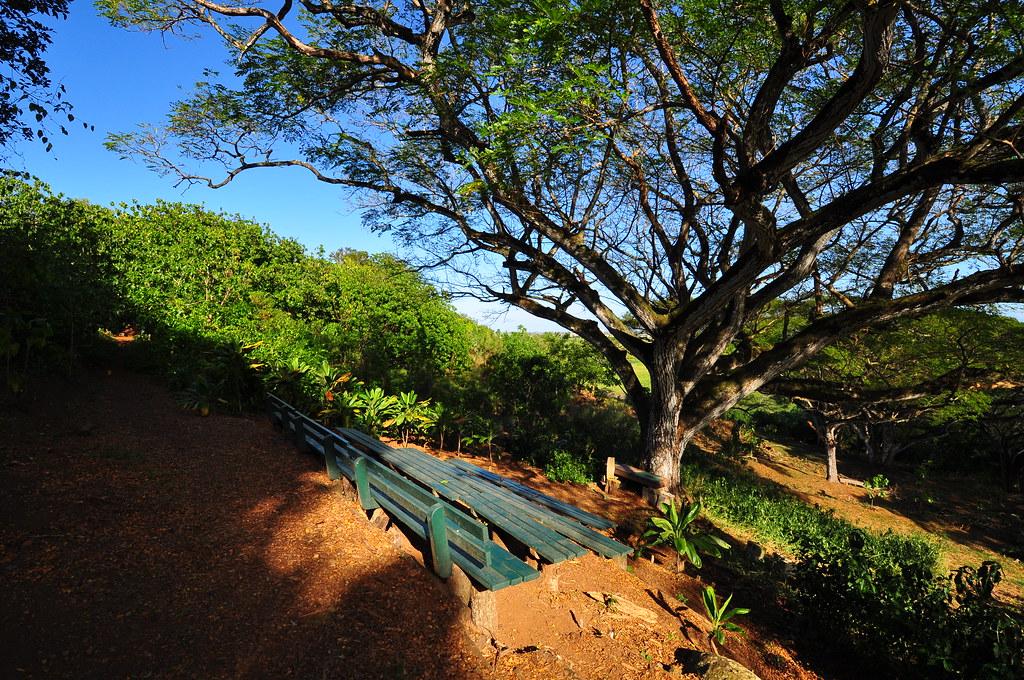

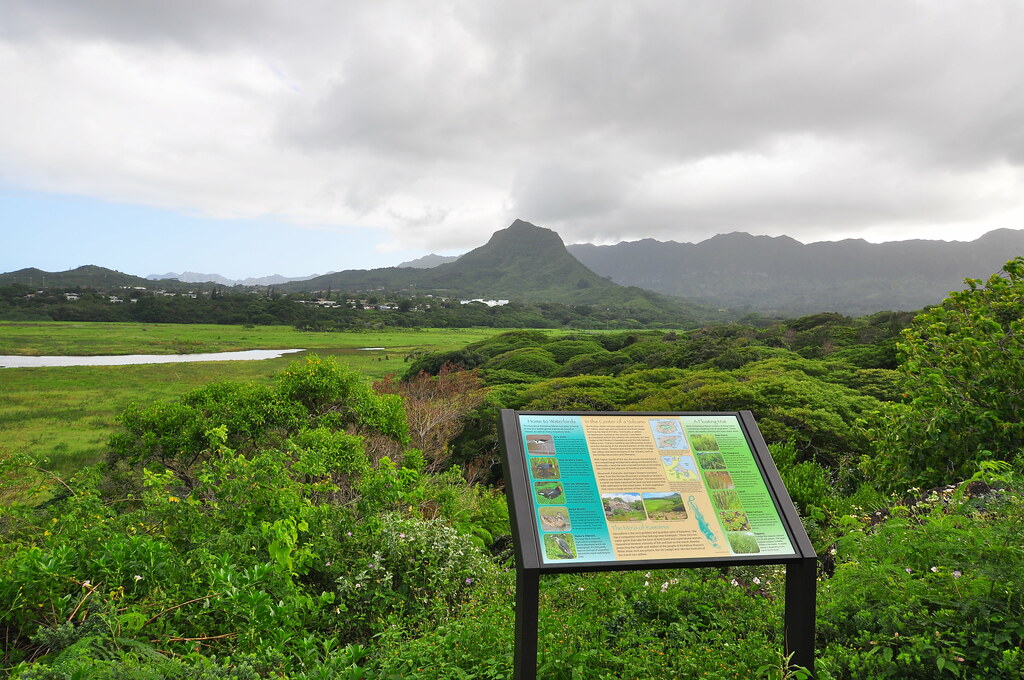

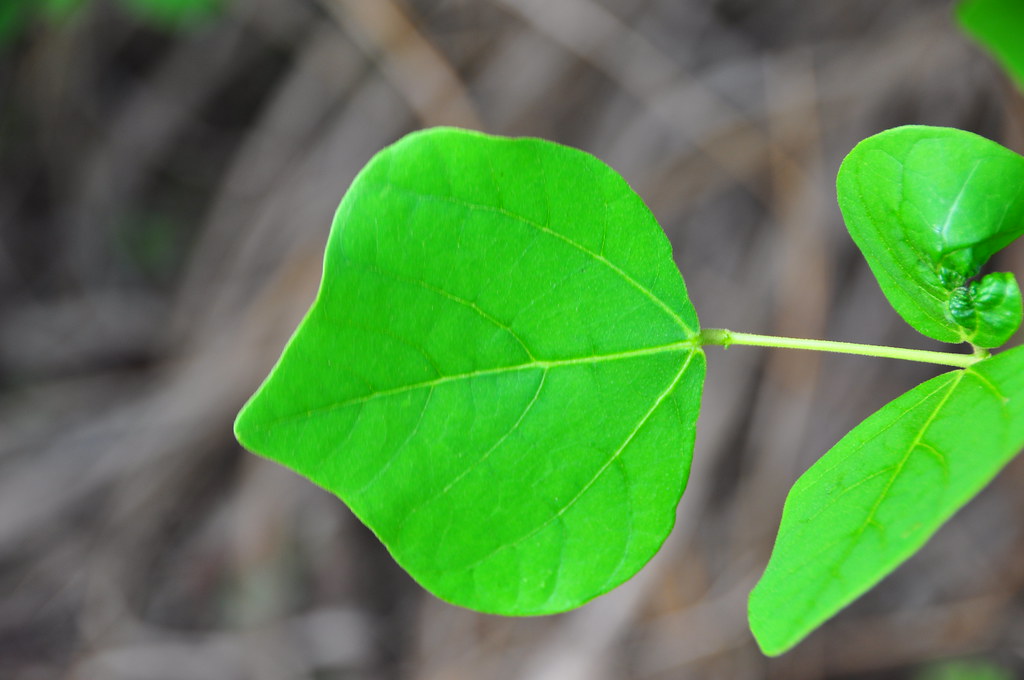

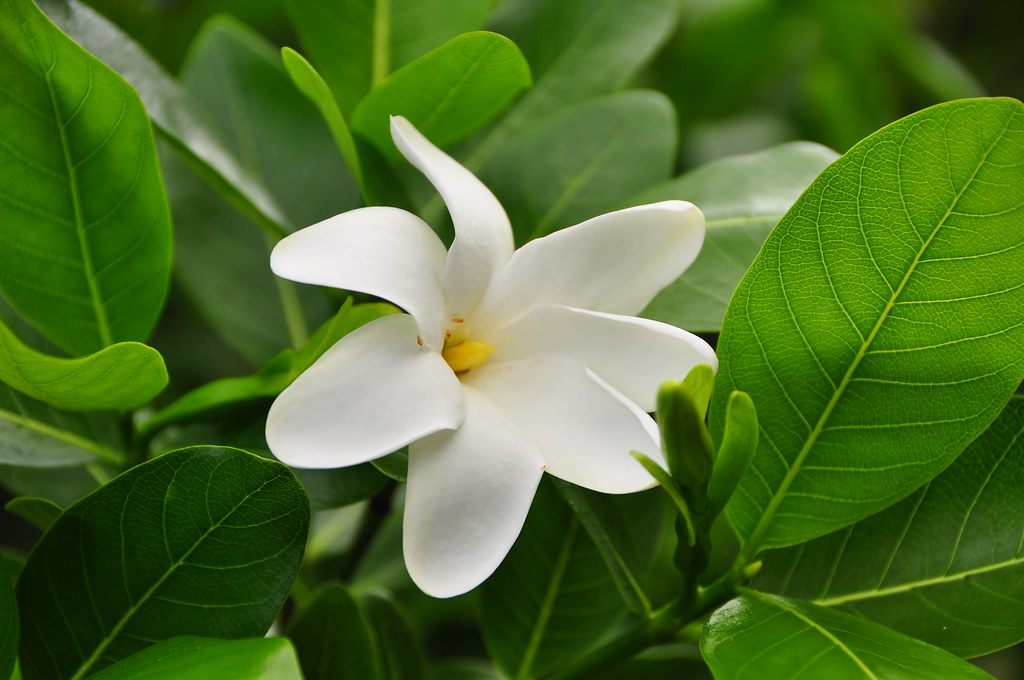

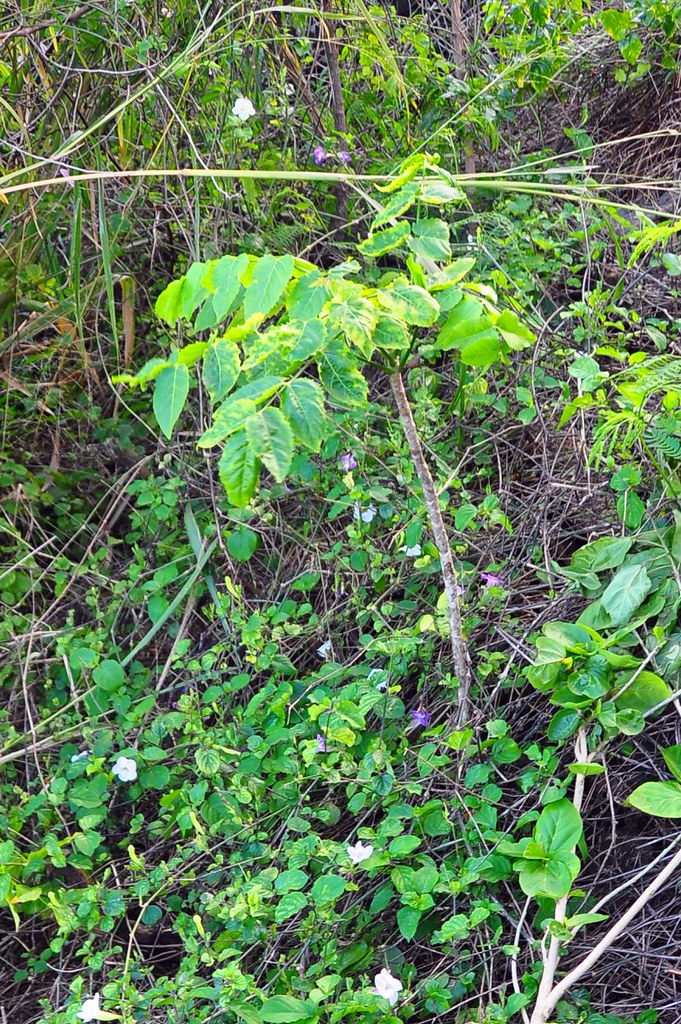
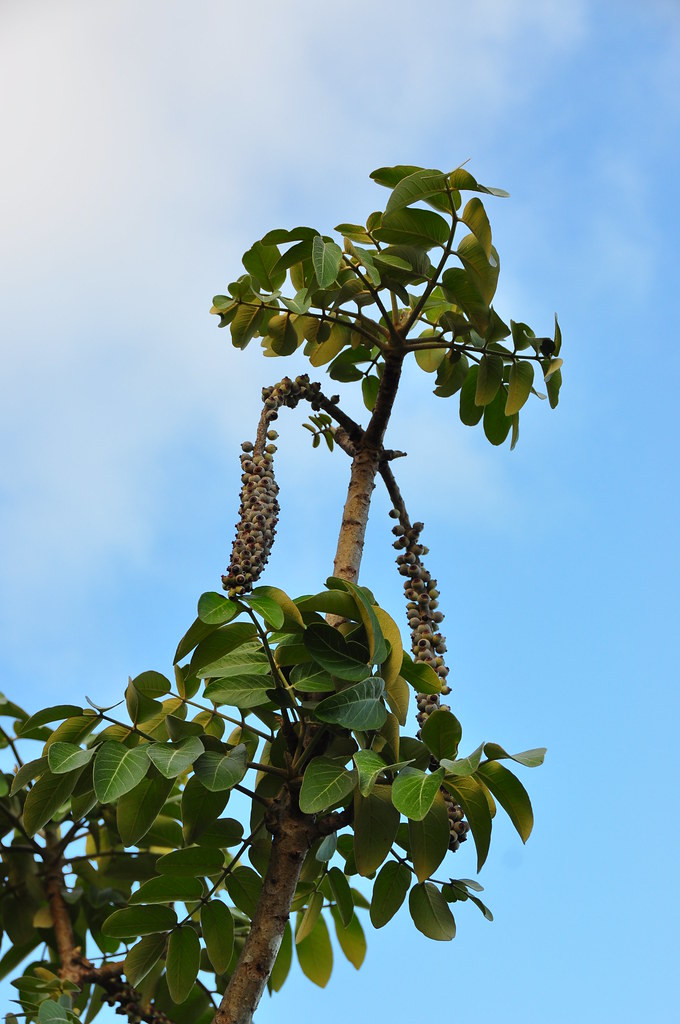
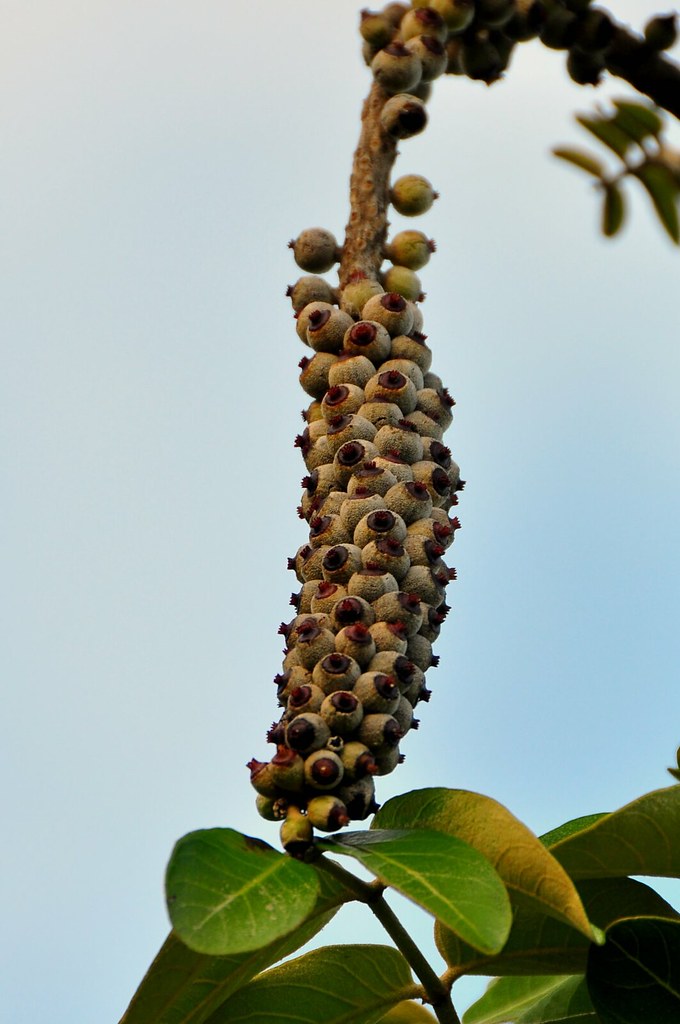
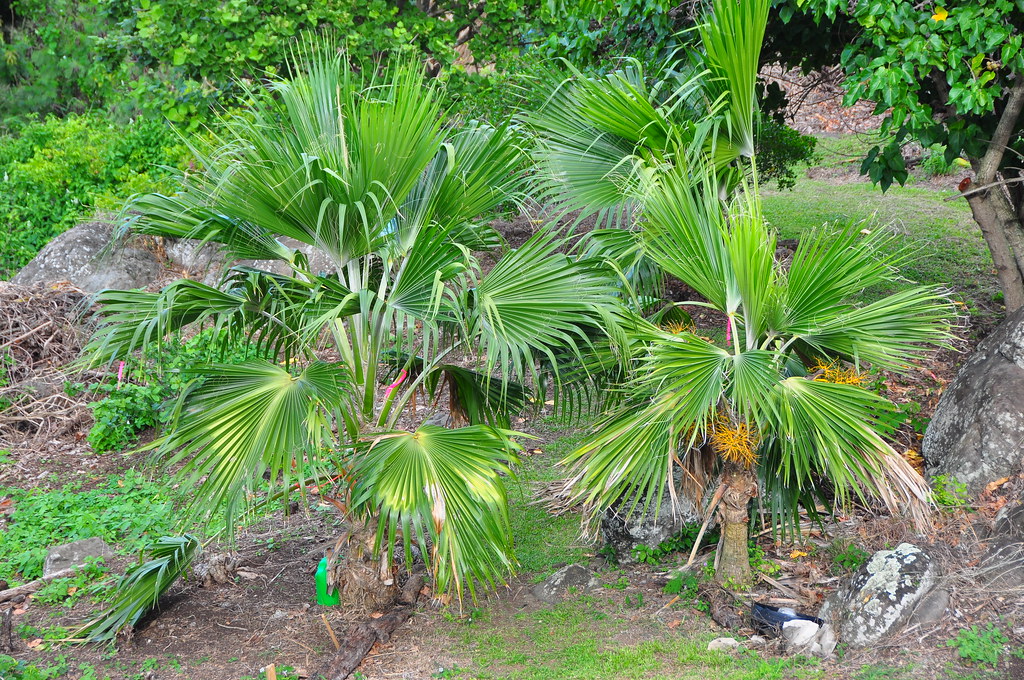
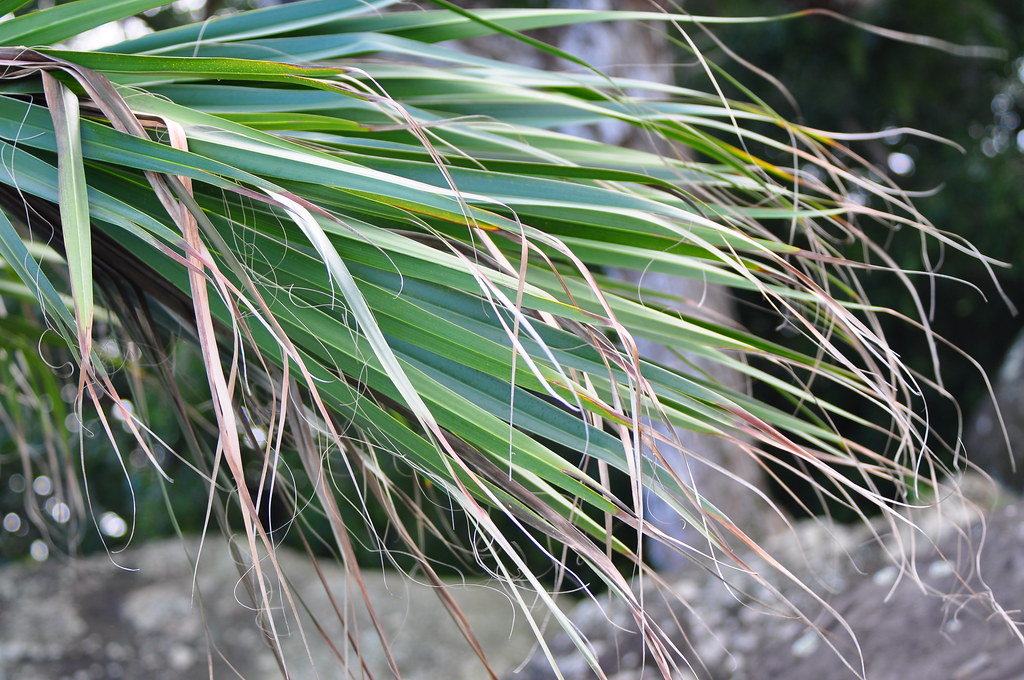
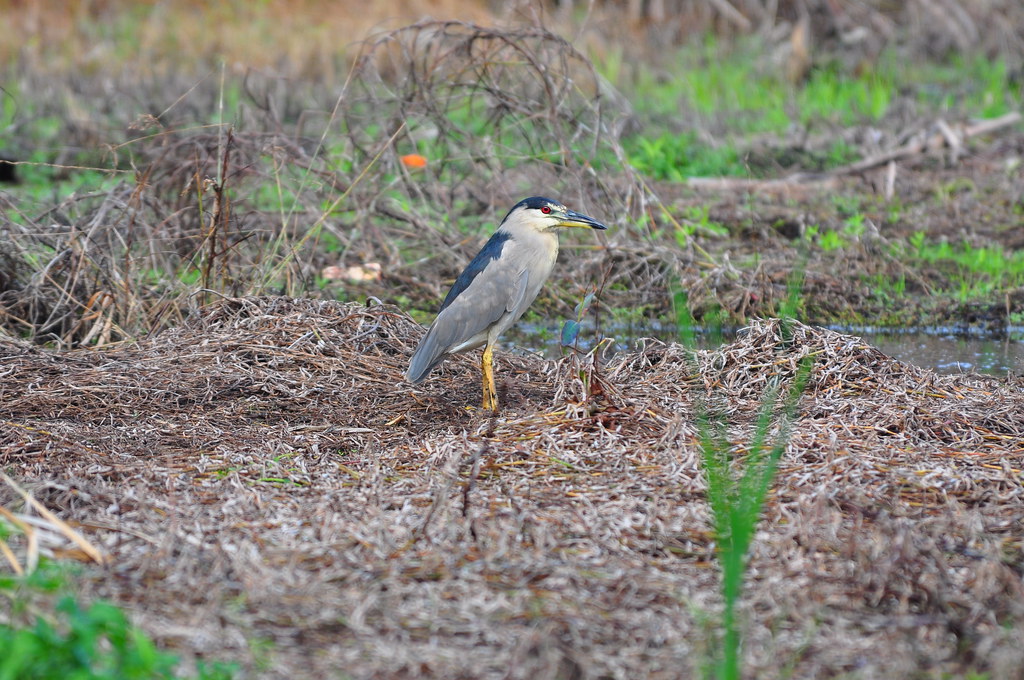
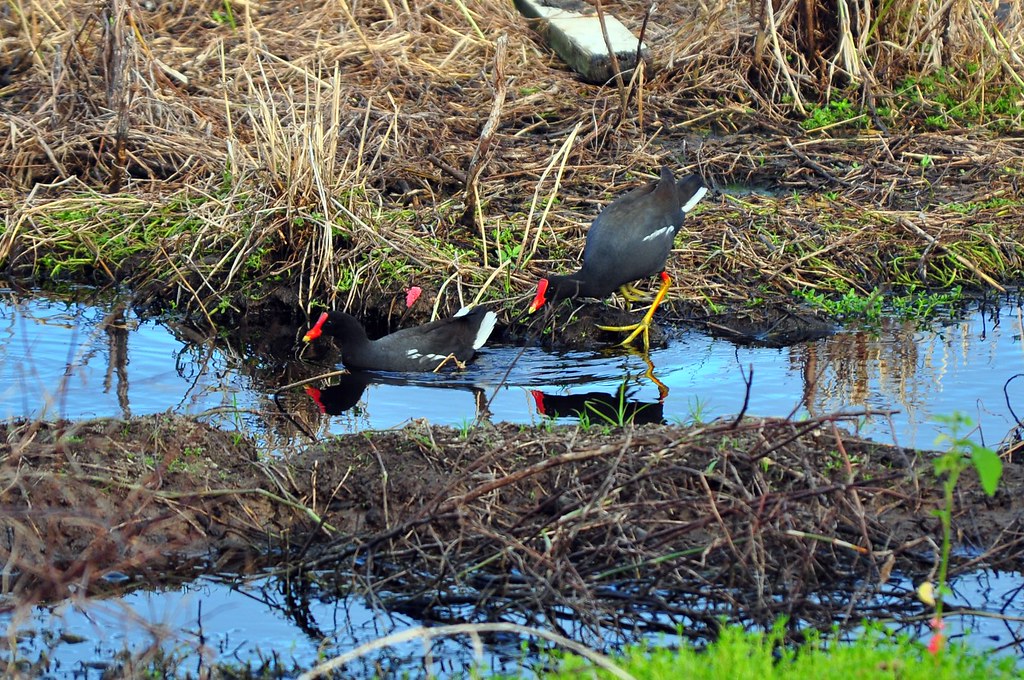
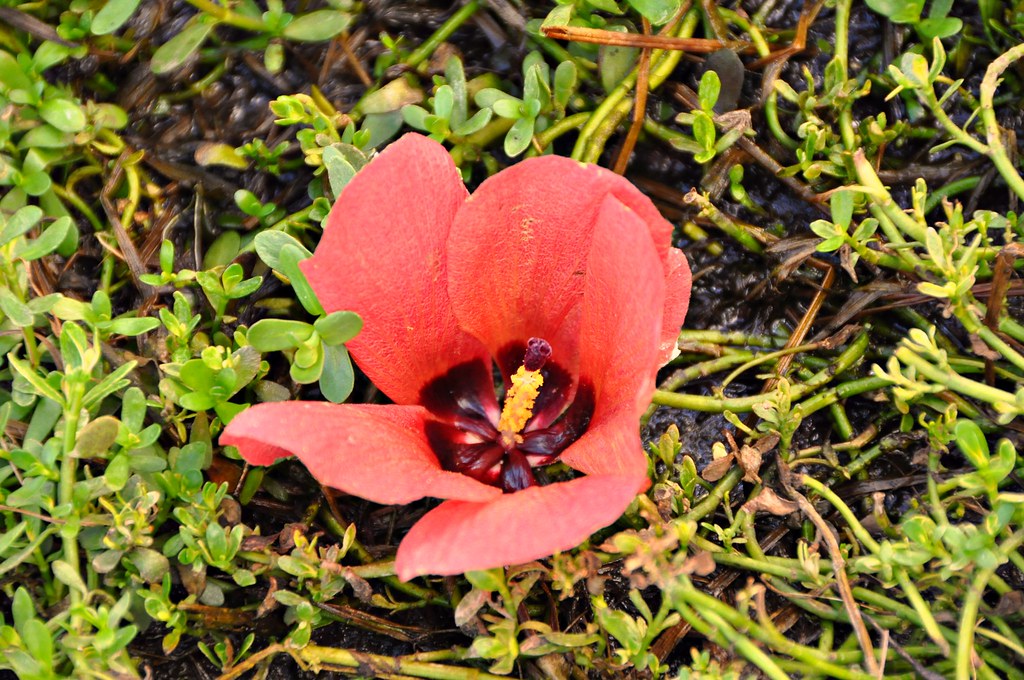


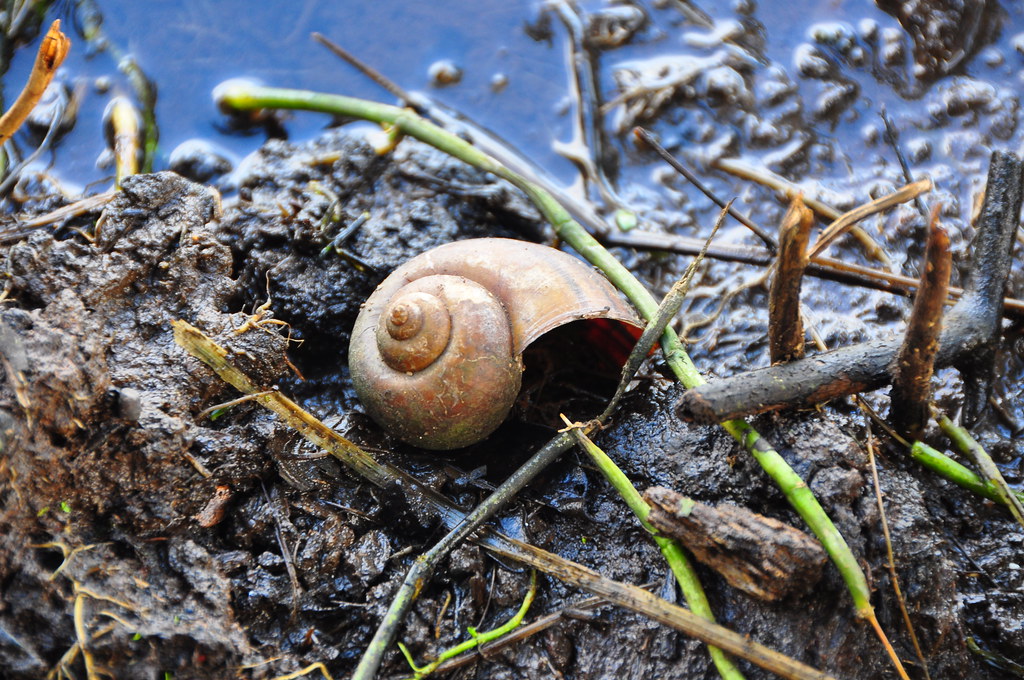
I really think you should change the name of your blog. I read your blog and think it is a great hiking blog. Your sunrise videos are more than awesome. Thank you for sharing your secret.
ReplyDeleteThank you so much for the kind thoughts!
ReplyDeleteNow I need to see sunrise from here!
ReplyDelete